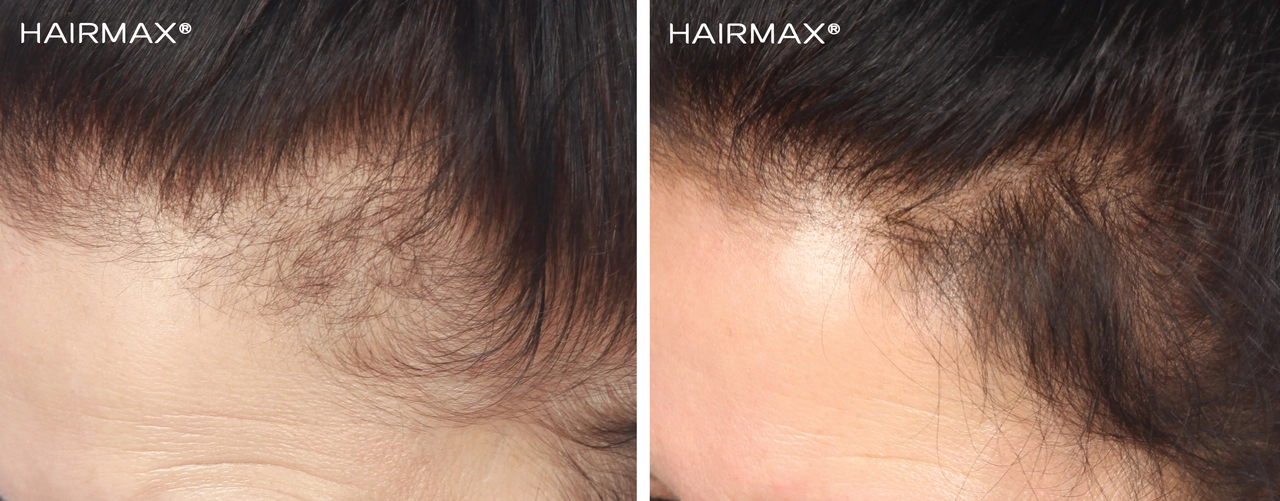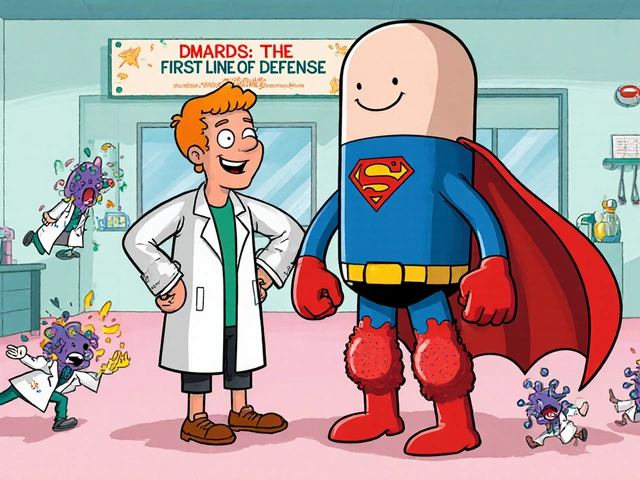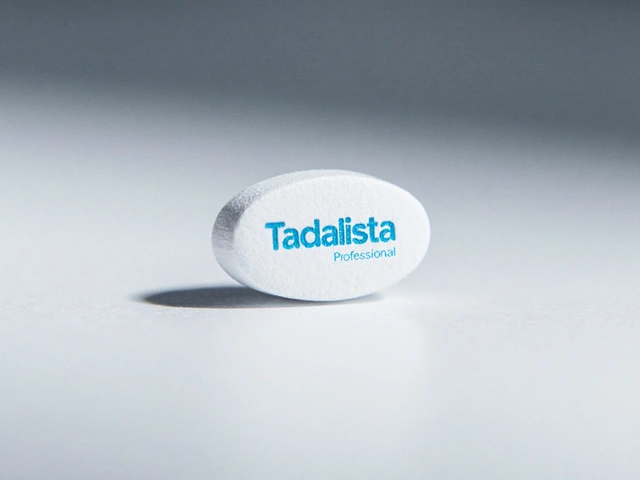Hair Loss: Straight Talk on Causes and Real Options
Noticed more hair in the shower drain? That’s a signal worth paying attention to. About half of men by age 50 and many women face noticeable hair thinning. The good news: some types of hair loss respond well to treatment and care. This page gives clear, practical steps you can try now and tells you when to see a pro.
Common Causes
Pattern baldness (androgenetic alopecia) is the top cause for both men and women. It runs in families and usually shows as a receding hairline or thinning at the crown. Telogen effluvium is different — it’s sudden shedding triggered by stress, illness, new meds, or major life changes. Alopecia areata is an autoimmune issue that causes round patches of hair loss. Other reasons include hormonal changes (like postpartum or menopause), poor diet, thyroid problems, and certain scalp infections.
What You Can Try Now
Start with simple, low-risk steps. Improve diet: eat protein, iron-rich foods, and vitamin D. Avoid tight hairstyles and reduce heat styling. Use a gentle shampoo and avoid harsh chemical treatments. For treatments that have proven results, consider topical minoxidil (widely available and can slow thinning or regrow hair for some people). Men may consider finasteride after talking to a doctor — it can stop further loss for many, but it has possible side effects.
If you prefer non-drug options, low-level laser devices and microneedling show promise for some users. Platelet-rich plasma (PRP) and hair transplant surgery are options for people who want more dramatic results; these need a specialist and a realistic expectation of results and cost.
Supplements can help if you have a deficiency. Biotin, iron, vitamin D, and zinc are common choices, but don’t take high doses without a blood test and a chat with your doctor. Over-the-counter hair growth shampoos and conditioners may improve hair texture but rarely stop true medical hair loss on their own.
When should you see a doctor? If you notice sudden heavy shedding, patchy bald spots, signs of scalp infection (pain, redness, pus), or hair loss that began after starting a new medicine — get checked. A dermatologist can run tests, spot treatable causes, and suggest prescription options.
Expectations matter. Treatments take time — topical minoxidil often needs 3–6 months to show effect and longer to stabilize results. Stopping treatment usually means losing the gains, so plan ahead. Be skeptical of miracle cures and quick fixes advertised online.
Want more detailed guides? GetRoman Pharmaceuticals SU has articles on medications, alternatives, and practical care tips. Read specific posts about treatments and real user experiences to find an approach that fits your life.




